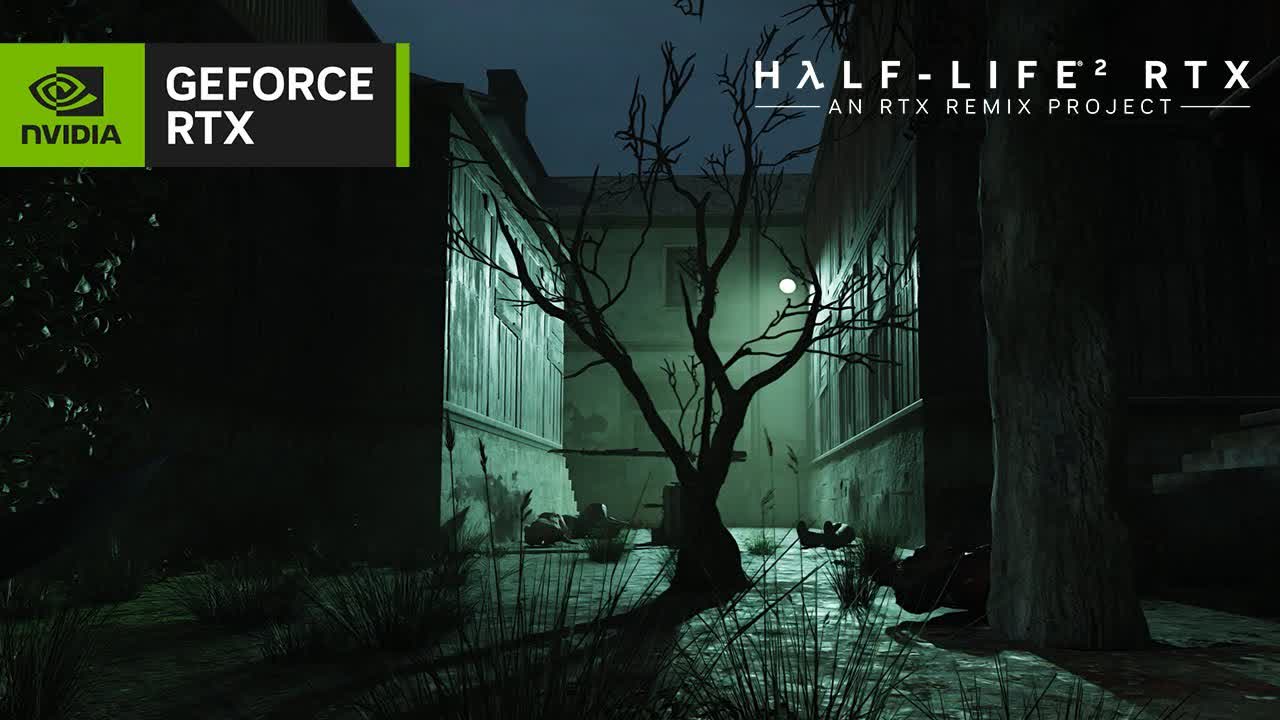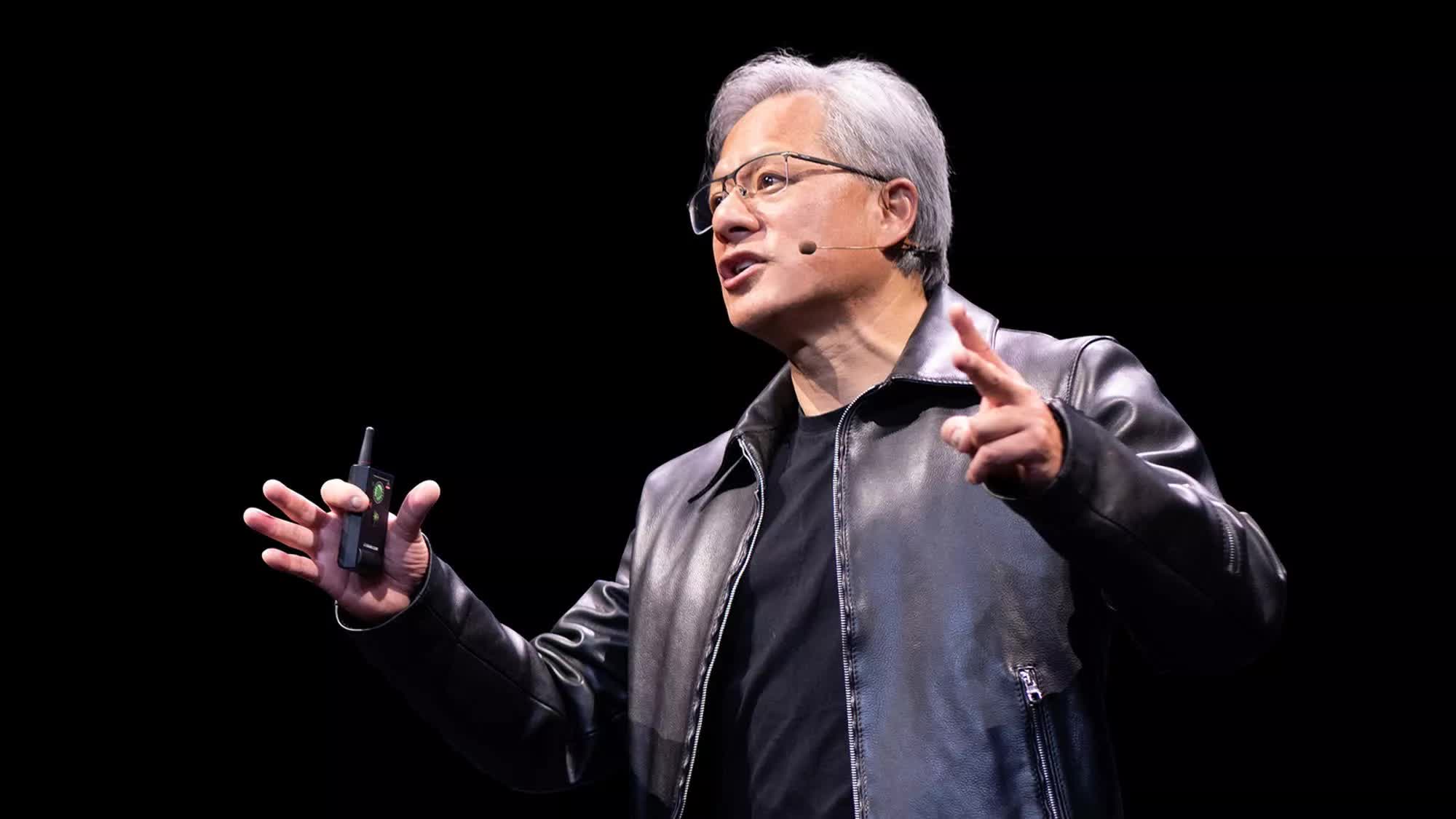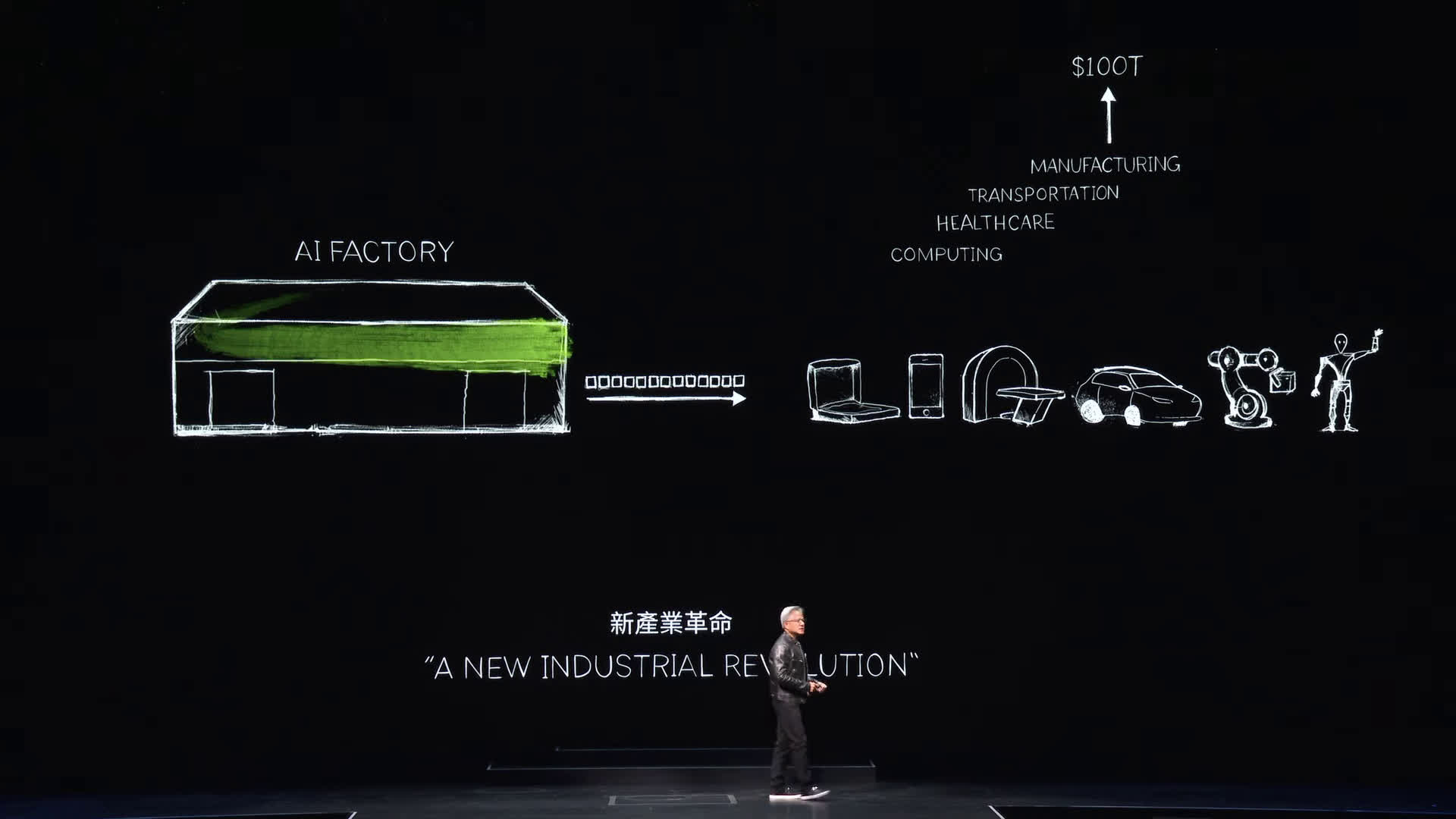Why it matters: With the advent of beastly GPUs packing hundreds of tensor cores, generative AI's ever-increasing use in gaming was inevitable. But the extent of its role is something Nvidia's Jensen Huang has shed a light on. According to the big boss himself, DLSS has merely scratched the surface, and it could be harnessed to conjure up things like entire NPCs in games.
At a Computex 2024 Q&A session, Nvidia CEO Huang dropped some tantalizing hints about where the chipmaker is taking DLSS next. Currently, DLSS uses AI to upscale and insert synthetic frames, massively boosting performance on GeForce RTX GPUs. But Huang revealed plans to use DLSS for generating entire textures, objects, and even NPCs within games.
Say you're playing a sprawling open-world RPG with a party of six in your crew. According to Huang, two of those could be authentic, handcrafted characters. Meanwhile, the other four could be completely AI-generated companions.
The idea isn't new. Nvidia has already shown off some early steps with tech like the AI Collaboration Engine (ACE) which can give unique personalities and dialog to AI-driven NPCs as you interact with them. Huang has now seemingly hinted at scaling this technology up and folding it into DLSS.

As for texture generation, Nvidia already offers something similar – RTX Remix – a modding platform aimed at breathing new life into older games. The platform lets modders significantly enhance the visual quality of older titles by using AI to improve textures and other in-game assets. Remix already uses DLSS, so this purported next iteration that Huang provided a glimpse of maybe closer than we think.
All this covers the things gamers will be able to use their RTX GPUs for in the future. At the session, Huang was also quizzed about how Nvidia plans to engage developers with generative AI technology. For that, the CEO referred to "Edify" – a system for churning out AI-generated imagery, textures, and "360-degree" content. Game developers will be able to tap into Edify to create new game assets they can sell and use commercially.
It doesn't just end there though. Huang predicted that games themselves will be made with AI: "...they'll have AI inside, and you'll even have the PC become AI using G-Assist."
Project G-Assist was unveiled earlier this month at Computex. It's an RTX-powered AI assistant technology demo that provides context-aware help for PC games and apps, helping players understand gameplay mechanics or anything that'd help them get better at the game.
Of course, flexing all that AI muscle requires some serious computing muscle. An interesting point that came up was whether Nvidia could run AI models on more power-constrained environments like laptops. To that, Huang highlighted how RTX GPUs employ a "race to sleep" technique. They crunch through AI operations at blistering speeds, before quickly going into a low-power idle state until waking up 30-60 ms later for the next AI job.

